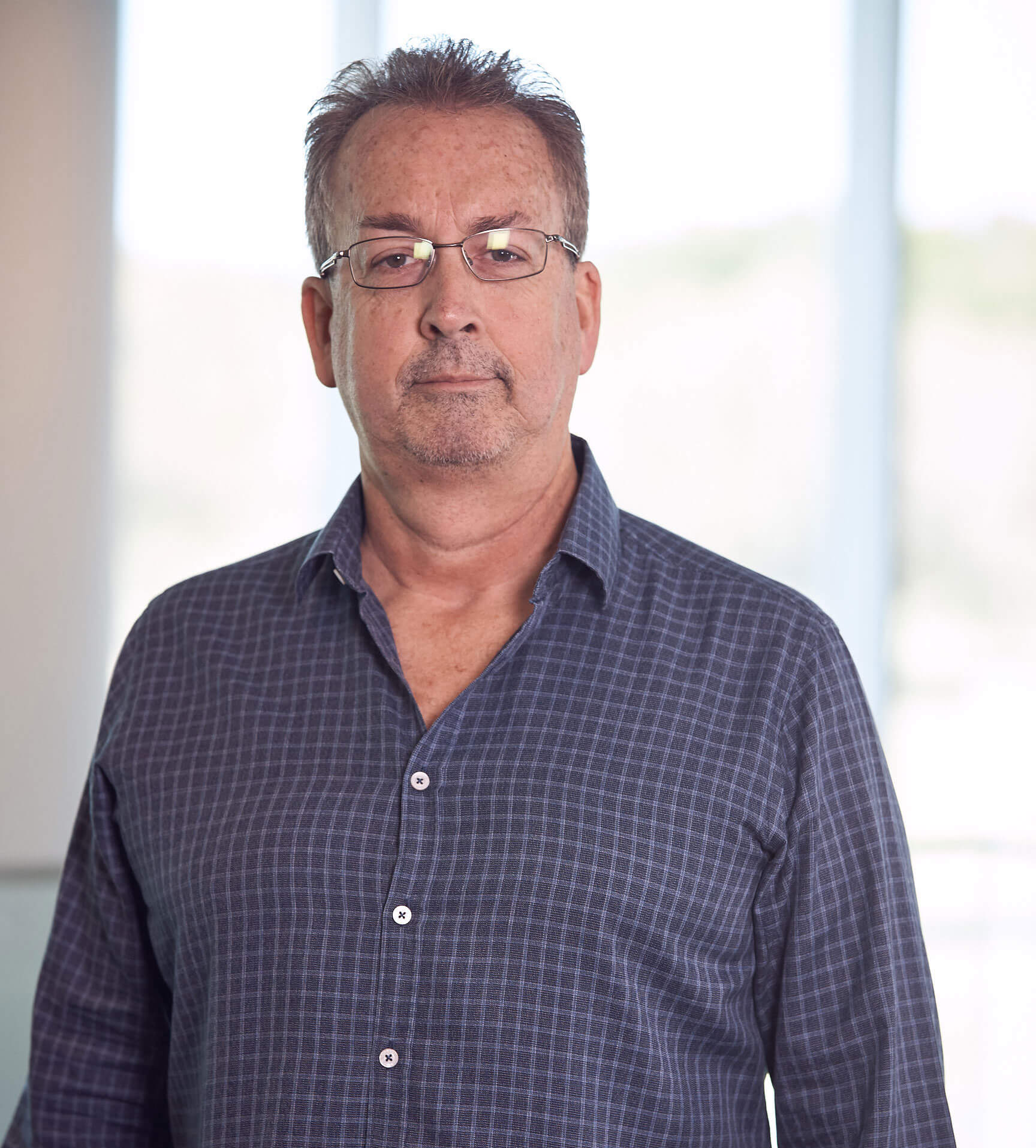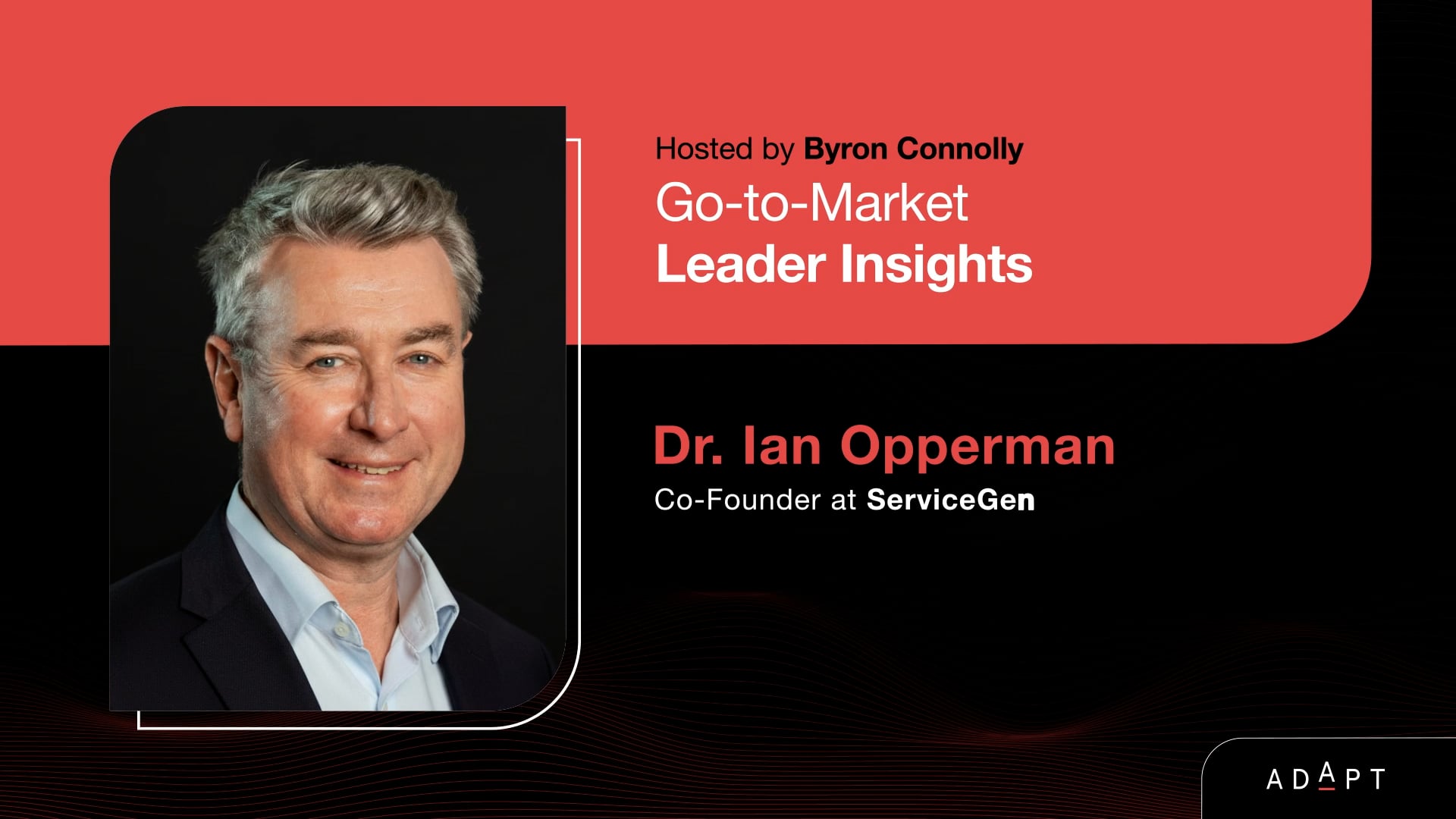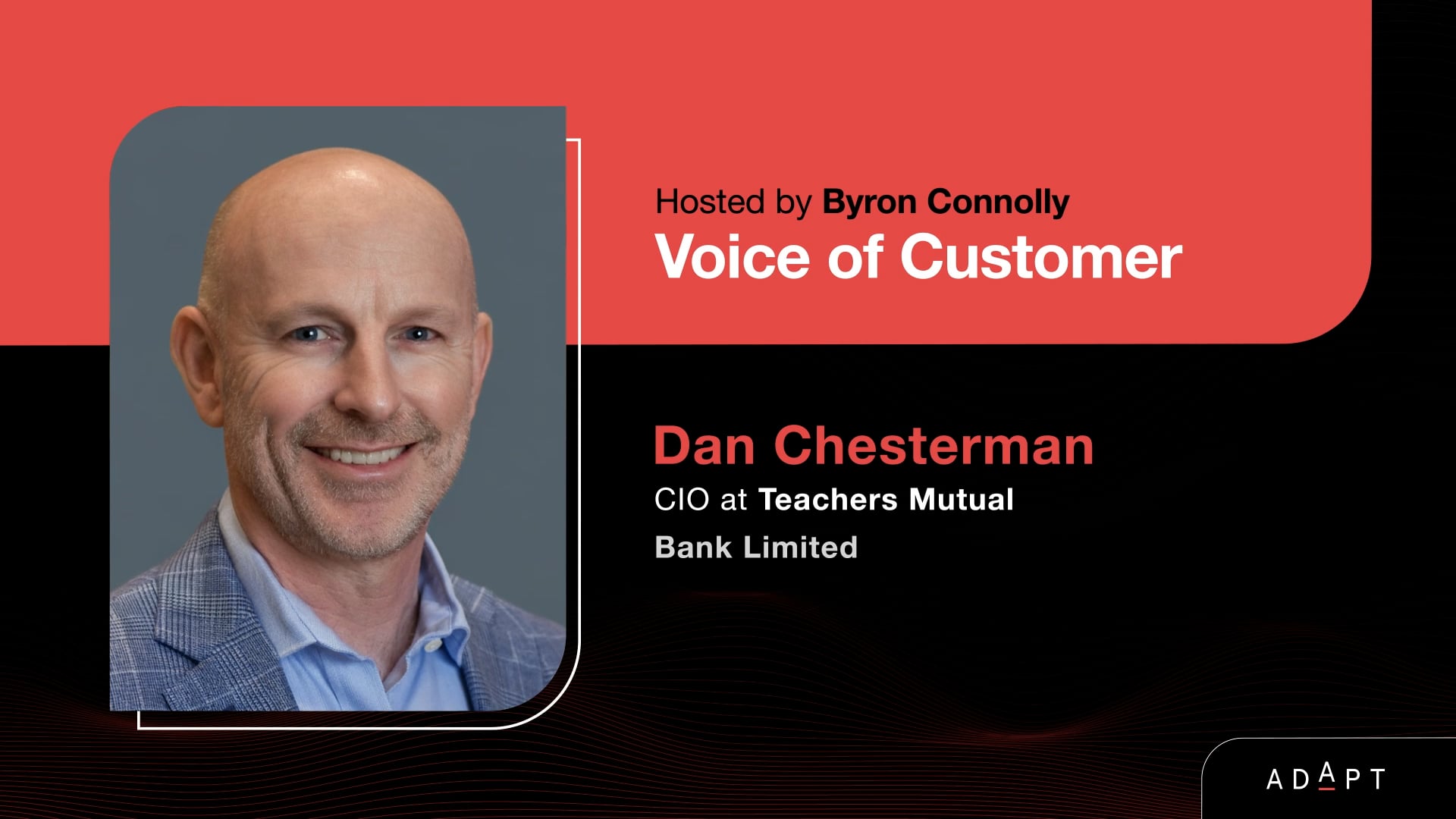As Director of Engineering Edge Computing at market-leading telecommunications vendor Ericsson, Mark Thiele sat down with ADAPT’s Director of Brand Communications Kylie Bonassi to explain how to build infrastructure at ADAPT’s Connected Cloud & DC Edge of the network to get closer to the source of the data.
Kylie Bonassi
How big do you think Edge computing will become in Australia?
Mark Thiele
There’s a major overall market opportunity, not just for Australia but for the global economy. The Edge marketplace is all the opportunities of people selling into or buying from, what is being created new for Edge computing. I wouldn’t be surprised to see it becoming equivalent to the public cloud marketplace today in five or six years. Ten years from now it’s likely to be several multiples of the cloud based industry.
Kylie Bonassi
How do Australian companies leverage that?
Mark Thiele
There’s no one answer. Every company will have to approach the opportunity, based on what kind of business they do. How do they interact with customers? How many customers do they have? How do they interact? How dispersed are their customers?
Getting closer to your customer in the day of technology is like when you use your edge device. When you use your phone to request a car, if you had to put your phone down, wait for it to update for two minutes before you knew what the car was doing, you’d probably be pretty disappointed in the service. In effect, you’re using Edge computing, creating that real-time interchange between the consumer and the seller, giving you that better experience.
Kylie Bonassi
You spoke about customer experience. What are two or three initiatives that we should be focused on?
Mark Thiele
I would be looking at finding ways to differentiate, from a business perspective. This will be true for an individual business competing in Australia, but potentially also for businesses in Australia that have products and services that transcend the continent. Look for ways to ingratiate your technology into the lives of the customer.
One example is Google’s purchase of Nest. They didn’t buy Nest because they wanted to be in the thermostat business. They bought it this is a highly interactive thermostat. Find that way to create a hook with the consumer that brings value to the consumer, but which accidentally at the same time gives you more information about consumer behaviour.
Kylie Bonassi
An ever-evolving cycle.
Mark Thiele
That’s right.
Kylie Bonassi
So you’ve been a CIO, and data centre leader, for 30 years. How do you suggest people can create a resilient digital infrastructure?
Mark Thiele
There’s no one answer, right? When I look at the future of technology, associated with digital infrastructure, I’m mostly thinking about applications and designs that are meant to service lots of people in a lot of areas, with high resilience and high availability.
Imagine trying to build a thousand Fort Knox data centres. That’s where they keep all the gold in the US. It’s highly secure, highly strengthened with thick cement. It supports many customers in diverse geography. It’s not conducive to cost at a minimum, time, and management.
Attempting to build more resilience around how the application is designed, rather than how you build servers, or how you build data at the edge of the network, is key to success. From a business continuity and resiliency standpoint, think holistically about how to apply network security. From a sustainability standpoint, think about how to keep your security teams evolving so that they can continue to adapt to the business as technology continues to accelerate.
Read a One Pager of Mark Thiele’s presentation at Connected Cloud & DC Edge.






























